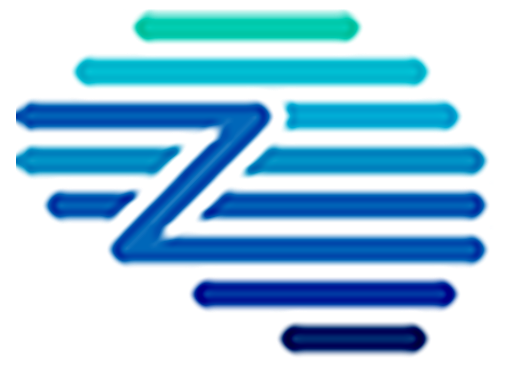A Purchase Order (PO) is a commercial document and first official offer issued by a buyer to a seller, indicating types, quantities, and agreed prices for products or services. It is used to control the purchasing of products and services from external suppliers.
Key Benefits
– Streamlined Procurement Process: Purchase Orders (POs) enhance procurement efficiency by automating routine tasks, reducing manual intervention, and allowing procurement teams to focus on strategic activities.
– Improved Financial Control: POs provide a structured process for ordering goods, ensuring that purchases are pre-approved and fall within budget limits, which helps maintain financial discipline.
– Enhanced Supplier Relationship: POs facilitate clear communication with suppliers by specifying order details and terms, reducing misunderstandings and strengthening supplier relationships.
– Audit and Compliance Benefits: A systematic PO process supports audit trails and regulatory compliance by documenting every step of the purchasing process, from order placement to delivery and payment.
– Error Reduction: By standardizing order details in POs, organizations minimize data entry errors and discrepancies in invoicing, leading to more accurate financial records and fewer disputes with suppliers.
Related Terms
– Streamlined Procurement Process: Purchase Orders (POs) enhance procurement efficiency by automating routine tasks, reducing manual intervention, and allowing procurement teams to focus on strategic activities.
– Improved Financial Control: POs provide a structured process for ordering goods, ensuring that purchases are pre-approved and fall within budget limits, which helps maintain financial discipline.
– Enhanced Supplier Relationship: POs facilitate clear communication with suppliers by specifying order details and terms, reducing misunderstandings and strengthening supplier relationships.
– Audit and Compliance Benefits: A systematic PO process supports audit trails and regulatory compliance by documenting every step of the purchasing process, from order placement to delivery and payment.
– Error Reduction: By standardizing order details in POs, organizations minimize data entry errors and discrepancies in invoicing, leading to more accurate financial records and fewer disputes with suppliers.
References
For further insights into these processes, explore Zycus’ dedicated resources related to Purchase Order (PO):
- Spend Analysis Mistakes that can mar your Sourcing Strategy
- [P2P Webinar] The P2P Payoff: Mining untapped returns from your Procure-to-Pay
- Working towards TCO in a BoM structure – Part II: eSourcing meets Desktop
- Is Your Procurement Strategy in Dubai Expo 2020 Ready?
- The Future Unveiled: Innovations in Procurement Technology
White Papers
Master the UK Procurement Act 2023: Ensure Compliance & Drive Procurement Excellence

Filter by
Compliant Invoicing
Compliant Invoicing refers to the process of generating, submitting, and managing invoices in adherence with legal, regulatory, and contractual requirements.
Continuity Plan
A Continuity Plan is an organized set of policies and procedures designed to ensure that a company’s essential operations can
Cost Modeling
Cost Modeling in procurement refers to the analysis and estimation of the total cost of ownership of a product or
Contract Audit
Contract Audit is a systematic evaluation of agreements and related documentation to ensure compliance with contractual terms, identify discrepancies, and
Procurement Cycle
The Procurement Cycle refers to the end-to-end process through which an organization identifies its needs, sources suppliers, negotiates contracts, places
Procurement Master Data Management
Procurement Master Data Management is the disciplined approach to managing core, consistent procurement information, including supplier, product, and contract data,






















































